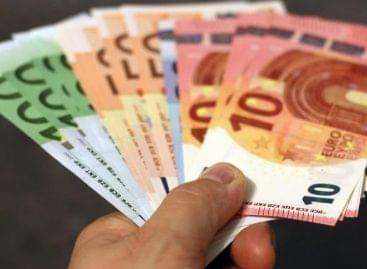VAN VOSZ VÁLASZ: Is it possible to reduce inflation and interest rates together?
A high inflation and high interest rates hinder business development, economic growth, and catching up. To sustain businesses and promote economic development, it is essential to reduce inflation and interest rates through coordinated action involving the government, central bank, and businesses.

The COVID crisis in 2020 led to economic stagnation due to quarantine measures, affecting both demand and supply. The crisis required restarting the economy, supported by low interest rates and ensuring sufficient liquidity. However, global imbalances and conflicts, such as the Russian-Ukrainian war, disrupted economies and caused humanitarian catastrophes. The resulting high inflation and interest rates have destructive effects on businesses and hinder growth and competitiveness.
Development requires affordable loans and investment. Low-interest credit programs like the Széchenyi Card Program for small and medium-sized enterprises and the Baross Gábor Reindustrialization Program for large enterprises played a crucial role. High inflation and interest rates hamper economic growth, reduce disposable incomes, increase government financing costs, and hinder balanced growth. A comprehensive approach that combines inflation control with targeted development policies, cooperation between the government, market actors, and the central bank can create a favorable economic environment for businesses and stimulate growth.
Related news
GKI analysis: Why do Hungarian households live more poorly than anyone else in the EU?
Imagine that the residents of every EU country shop in…
Read more >K&H Analyst Commentary: The forint is on the rise
The forint, the Polish zloty and the Czech koruna are…
Read more >Inflation in Italy accelerated to 1.7 percent in June
In Italy, consumer prices rose by 1.7 percent year-on-year in…
Read more >Related news
GKI analysis: Why do Hungarian households live more poorly than anyone else in the EU?
Imagine that the residents of every EU country shop in…
Read more >KSH: industrial producer prices decreased by 0.7 percent in May 2025 compared to the previous month, and increased by an average of 6.9 percent compared to a year earlier
In May 2025, industrial producer prices were 6.9 percent higher…
Read more >Consumption drives the economy
According to the latest forecast by the Balance Institute, the…
Read more >





